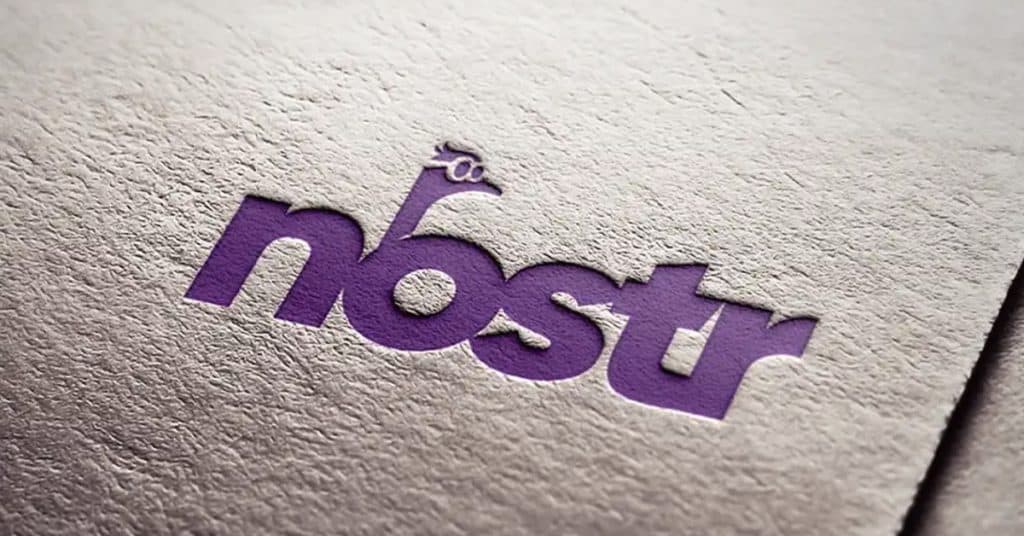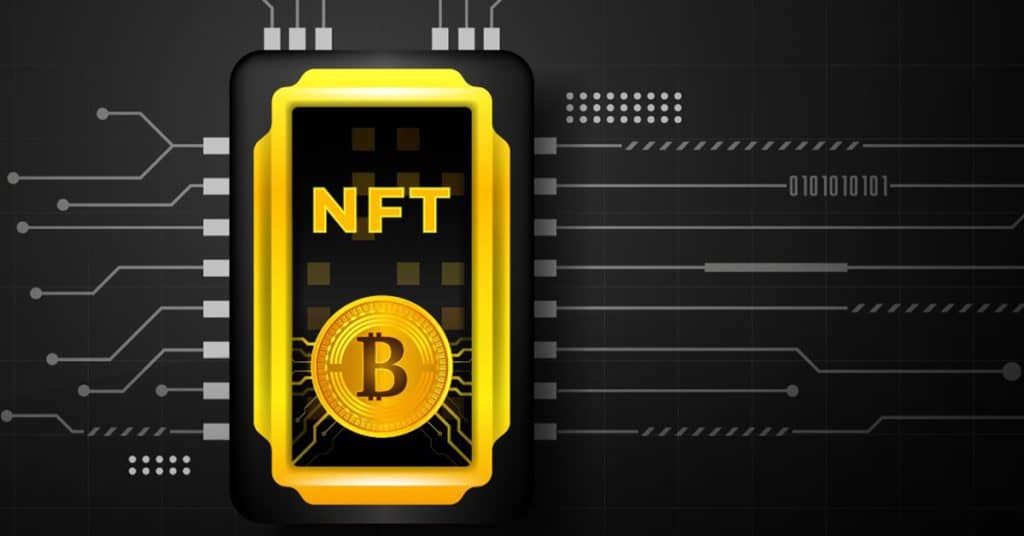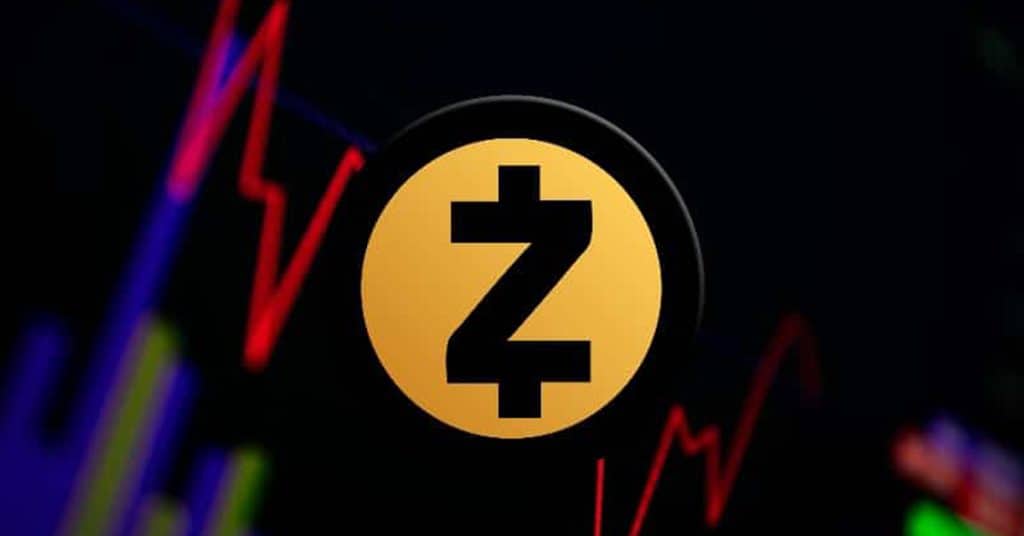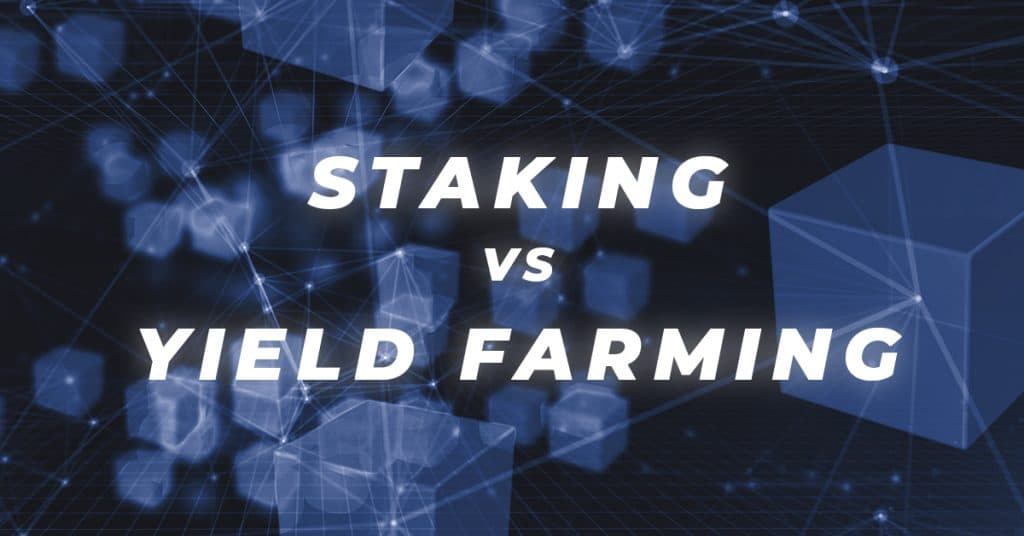Amazon Launching NFTs Tied to Real-World Assets
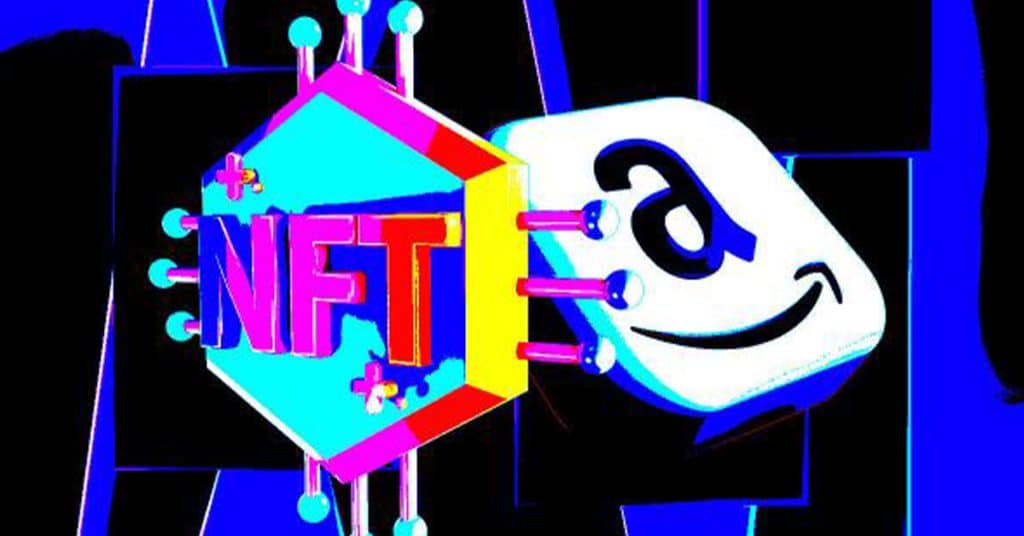
Amazon will allegedly launch an NFT marketplace on April 24th. Interestingly, it will allow customers to buy NFTs tied to real-world assets that they ordered. Wow. Does this mean, next thing we know, Amazon will be airdropping stuff in our digital wallets? Not so fast, but this is an interesting signal.
The news is coming from unnamed sources within Amazon. Allegedly, the world’s largest e-commerce company will notify every Amazon Prime customer in the US of its digital collectibles initiative once it goes live. This first wave of Prime customers will have 15 NFT collections available to trade. Only later would the program roll out to ordinary customers and other parts of the world.
Amazon Early Adopter of a Trend: Big Companies into NFTs
It makes sense for Amazon to do this, as it already sells both physical and digital products - examples of the latter being movies and online books.
Amazon probably saw the need to get into this new digital ecosystem early, before other big players have already scooped up the lion's share.
Just like Instagram started piloting NFT sales for certain creators last year (newsflash: it just halted this pilot!) it makes some sense for creators to offer their future digital creations through Amazon. It may not be 'cool' necessarily, but it's where people are, and it has the infrastructure.
Amazon's move is yet another confirmation of the trend that more and more big companies are working on a crypto strategy.
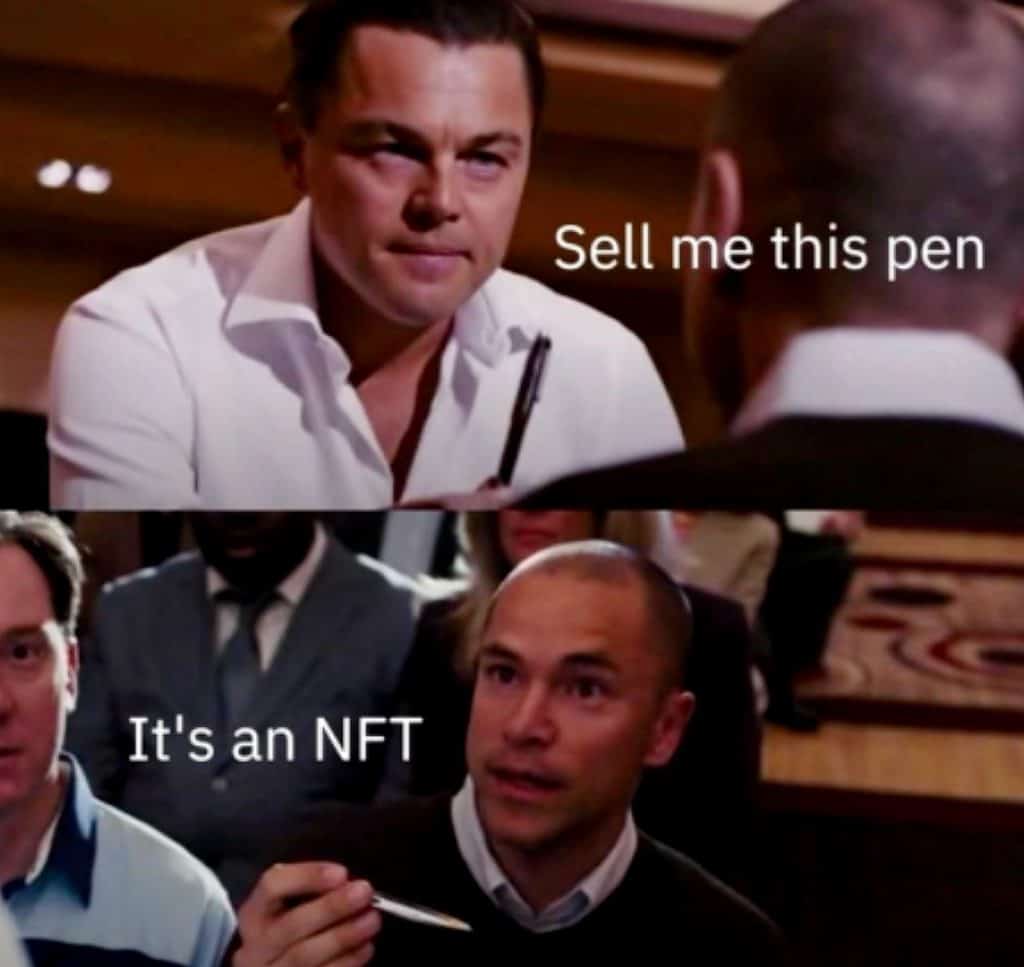 blurContent();
blurContent();



